 Español
Español
October 27, 2024
by Colleen Besman
He tells me, "The first step is birth, the second is youth, the third is wisdom, coming of age. The final step, which turns down, is death or perhaps heaven and then the cycle begins again." He is pointing to the grecas. He explains that they also adorn the pre-Hispanic Zapotec stronghold, Mitla. I try to picture them in stone. They look Greek to me.
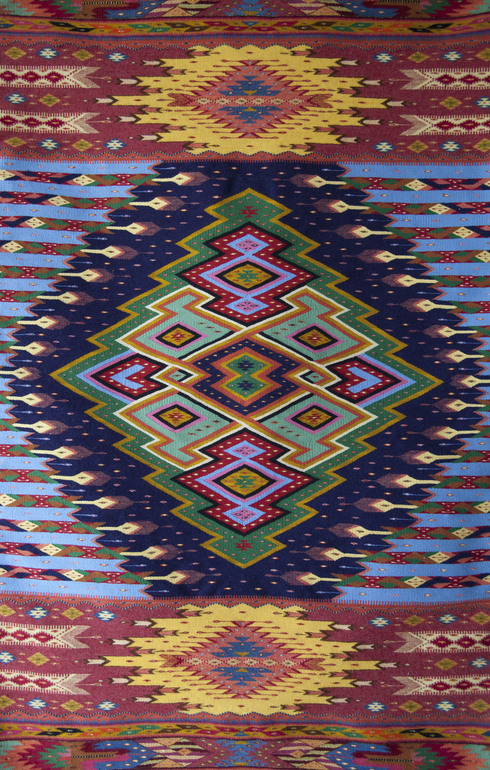
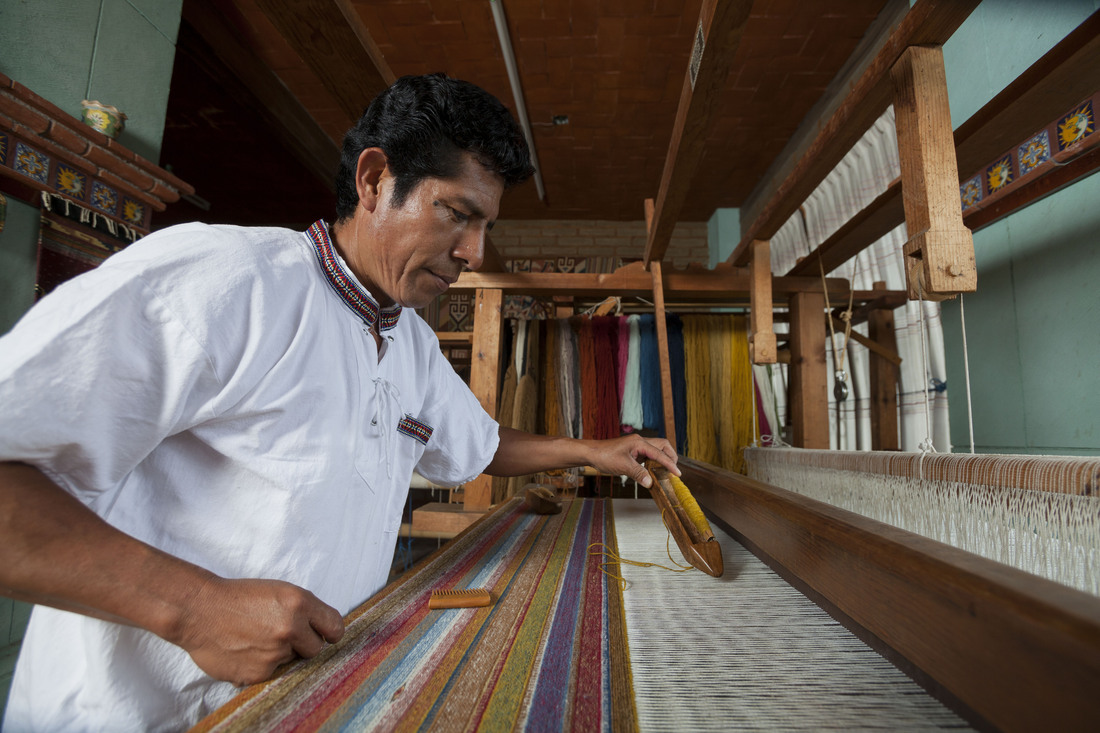
I am intent on interpreting Jacobo Mendoza’s rug patterns. They seem both modern and yet ancient, ablaze in amazing tones of red and orange, or softly represented in greens and gold, indigo and yellow. Wavy patterns of water? "No," he tells me, "those are mountains." Navajo zig zags? "No, that is lightning."
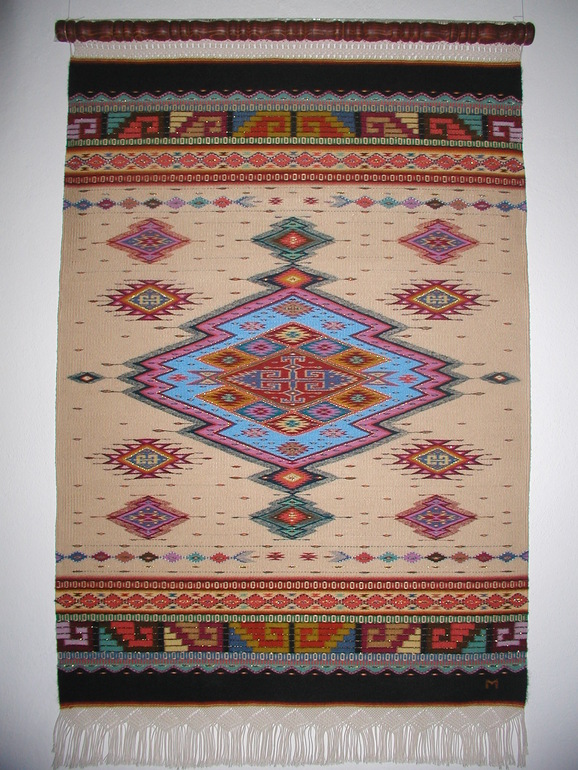

Intricate patterns painted before the arrival of the Spaniards and depicted in the Borgia Codex endure in Jacobo’s weaving today. Nature, eyes of the gods, the cross of Quetzalcoatl, lightning, rain, the mountains that frame the view from his front door and are known as, the place of the gods intrigue me as I ask him, one by one, what this pattern means, then the next. Jacobo has been weaving Zapotec magic since he was a child of eight. He weaves them without a pattern, inventing new scenarios with the patterns that run in his blood. He is happy to explain, glad I am interested to know the meanings I will put beside my bed or on any wall.
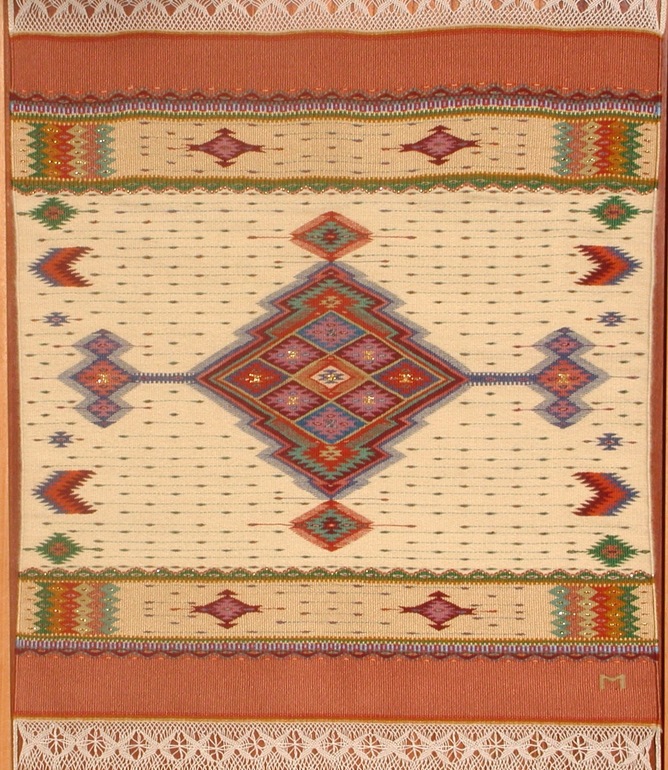
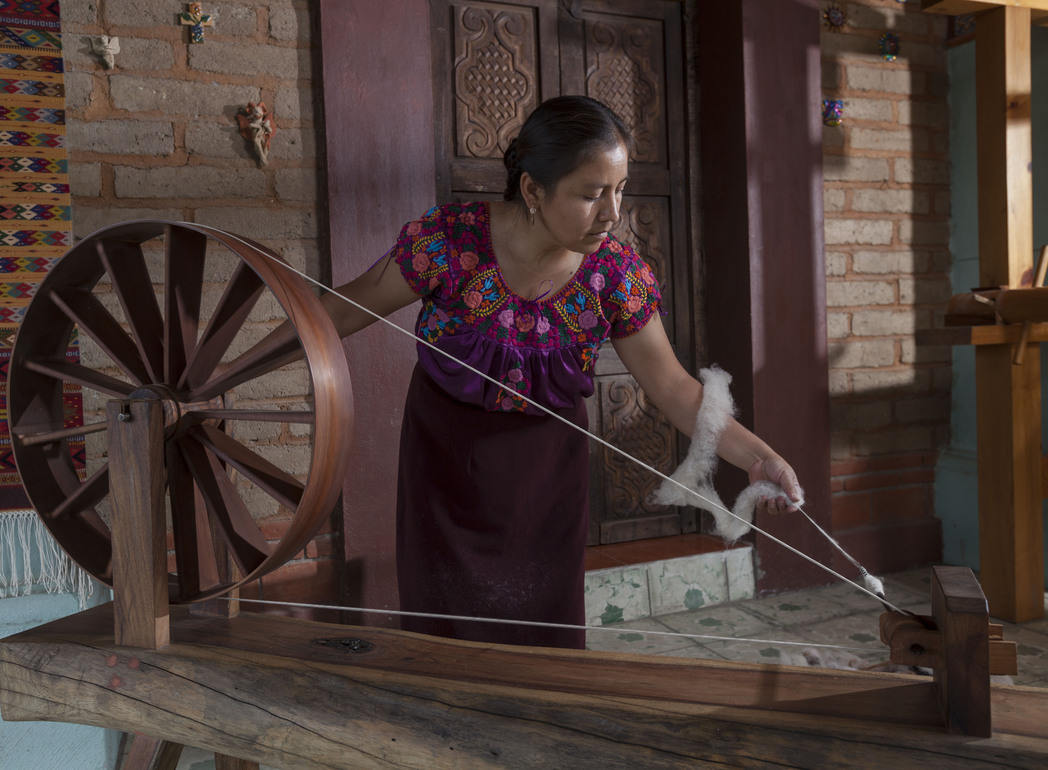
The path from wool to rug is a long one with many steps. Early Zapotecs wove with cotton and ixtle, the fiber of the maguey plant and are rumored to have paid their tribute to the Aztecs with their fine textiles. Sheep and the treadle loom were introduced by the Spanish in 1535. The Zapotecs have not looked back, producing sarapes, clothing and tourist goods, mostly rugs, ever since. Teotitlán del Valle in the state of Oaxaca remains famous for its rug weaving families and its Zapotec traditions.
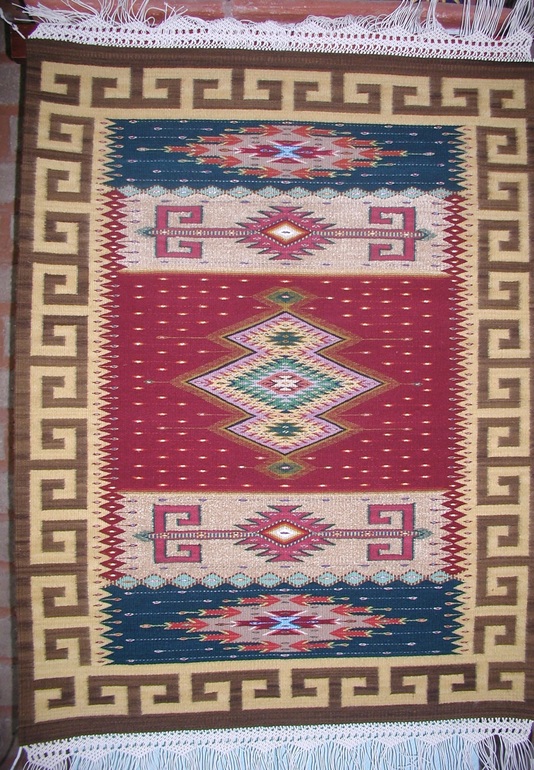
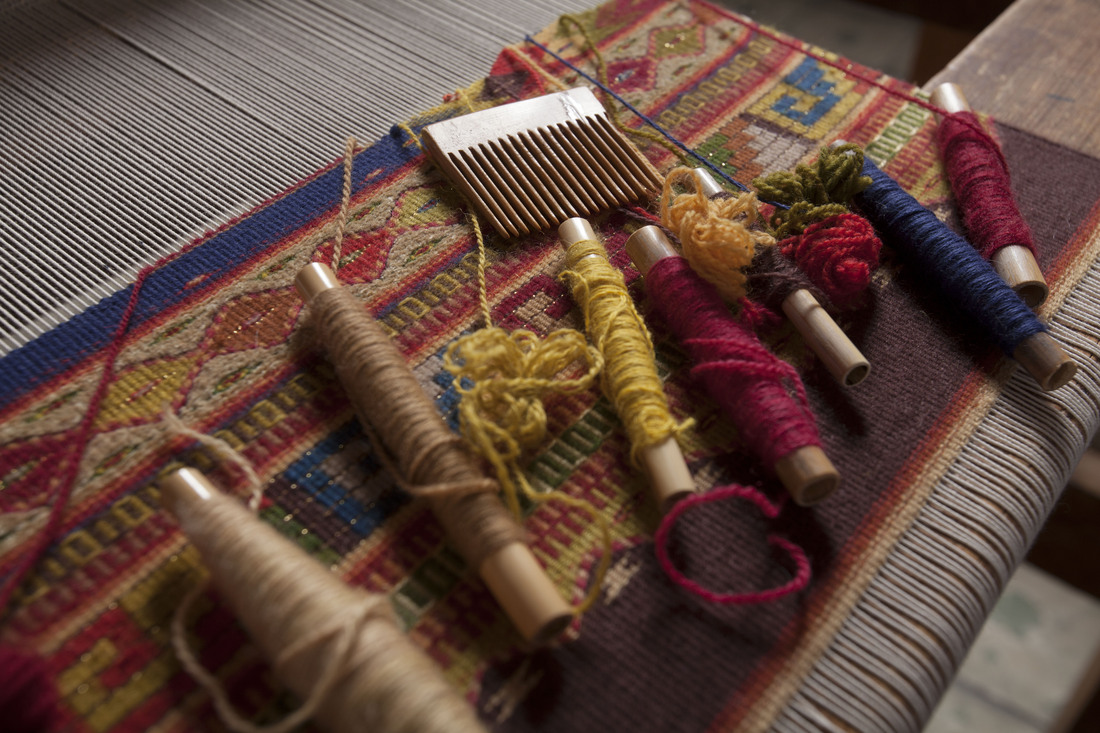
To produce his rugs and fine wall hangings, Jacobo and his family first prepare the handspun wool from its rough state to threads. María Luisa, his wife, is an expert spinner. Their children Sylvia and Jacobito participate in all aspects of the production (after school). Jacobo uses many kinds of wool; cashmere, alpaca, the rough local handspun sheep wool, as well as silk and gold and silver threads. His rugs run the gamut from all natural colored wool to super fino (extra fine) pure silk masterpieces.
Once prepared as yarn, the threads must then be dyed. Although aniline (synthetic) dyes were introduced in the early 20th century and are commonly used in Mexico, the Mendozas are dedicated to using only natural dyes. Because of his special expertise Jacobo is featured in French Dye Master Michel Garcia’s film on the slow dying technique, teasing a lovely bright yellow from the lengua de vaca weed that grows in his garden. Other natural dye stuffs include cochineal (an insect), indigo, zapote, musgo de roca (moss), rosewood, different barks and various weeds that grow locally whose names I cannot spell nor pronounce.
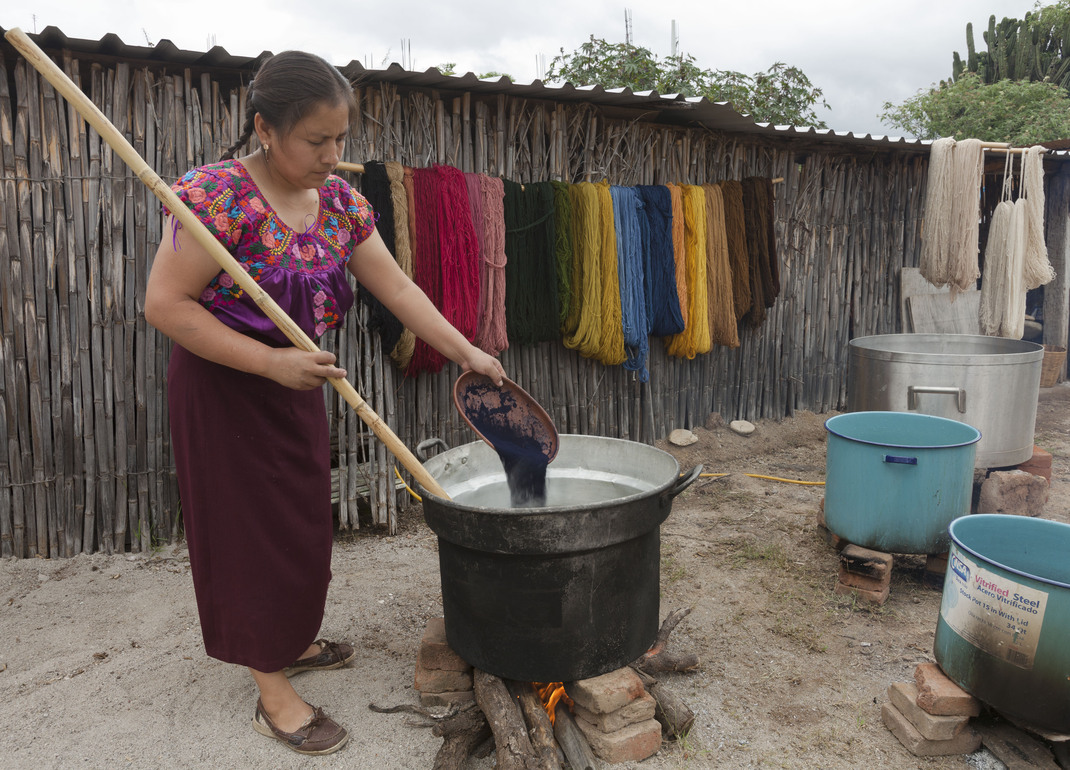
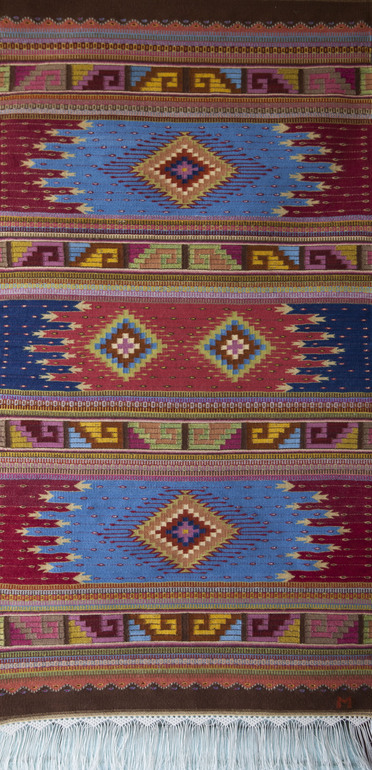
Jacobo clearly lives in two worlds: traditional Zapotec and the mix that is modern Mexico. He has traveled to the States where his rugs have been featured at the New Hampshire Art Institute and the San Jose Art Museum as well as numerous galleries. His pieces can be found at the Peter Gray museum in Puerto Vallarta and Museo de Textiles in Oaxaca. His friends hail from the US, France, Germany and San Miguel. His daughter attended university studying to become an economist. And yet, he remains deeply traditional. He prefers to speak in Zapotec and honors his traditions within his family. He is hardworking to a fault. As a friend I find him honest, loyal and kind with a strong sense of personal identity as a Zapotec. Knowing and working with Jacobo and his family gives me hope that traditions and cultures such as his will be able to survive and thrive in the years ahead.
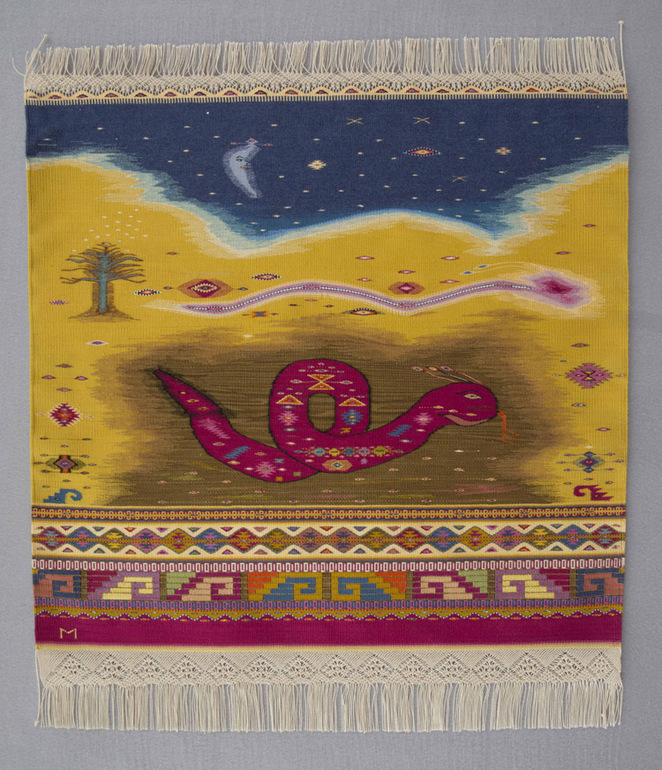
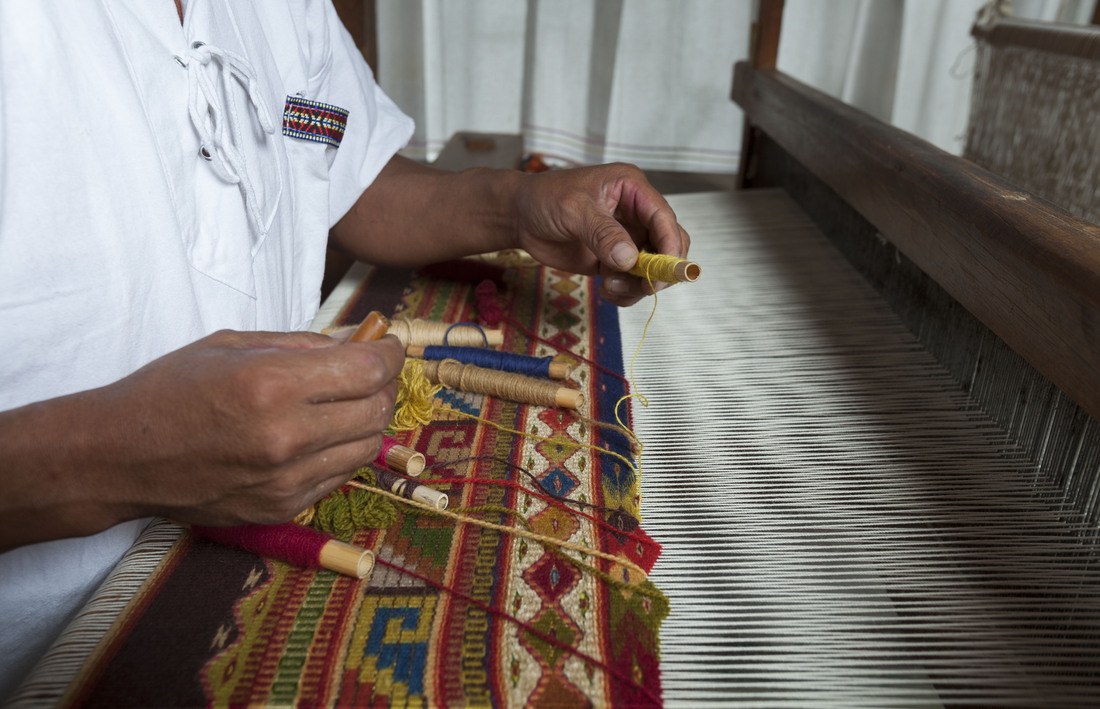
Come meet Jacobo and see his beautiful rugs, most of which will be for sale.
Oaxacan Master Weaver Jacobo Mendoza
Exhibition, Talks Oct 28 - Nov 2, 1:30-5pm
Hope Palmer Studio, Fábrica Aurora
(next to Geek Coffee)
Explanation of the Special Altars presented daily
**************

Colleen Callaway Besman has lived in San Miguel for 16 years with her husband, Norman. She grew up in Central and South America and is English/Spanish bilingual. She has degrees in Latin American Studies and K-12 Education from The University of the Pacific Elbert Covell College, The University of New Mexico and the University of Washington. Colleen taught gifted students at The Evergreen School in Seattle Washington for over 35 years. She and her husband worked with creating and running tours for Rodrigo Lopez, Travelian Tours in Central and Southern Mexico for eight years. Colleen is a close friend of Jacobo Mendoza and is very happy to be hosting his visit to San Miguel.
**************
*****
Please contribute to Lokkal,
SMA's online collective:
 ***
***
Discover Lokkal:
Watch the two-minute video below.
Then, just below that, scroll down SMA's Community Wall.
Mission

Visit SMA's Social Network
Contact / Contactar

